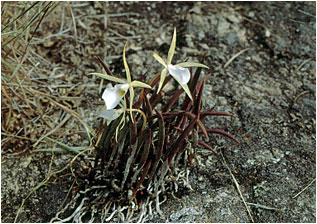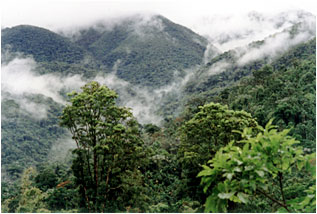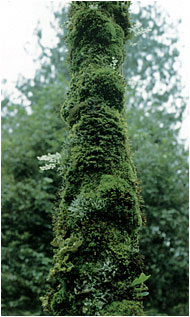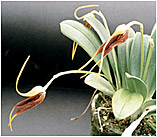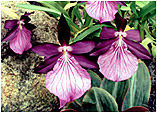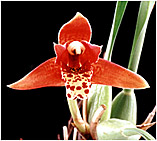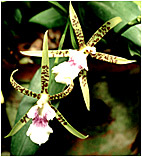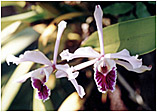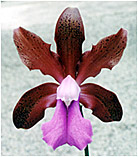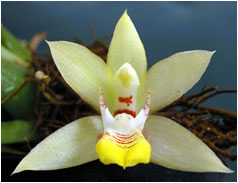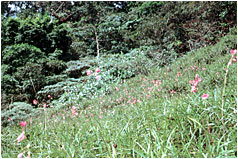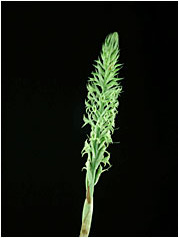| |
The
list of the genera of Orchidaceae family is big and we can go through
almost all the alphabet: Aspasia lunata, Baptistonia echinata,
Barbosella, Bifrenaria aurea-fulva, atropurpurea, clavigera, harrisoniae,
inodora, melanopoda, vitellina, Bulbophyllym sp, Campylocentrum sp, Capanemia
superflua, thereziae, Catasetum macrocarpum, Cattleya bicolor, dormaniana,
forbesii, harrisoniana, loddigesii, velutina, warneri, Cirrhaea sp, Cleistes
sp, Comparettia coccinea, Dichaea sp, Dipteranthus grandiflorus, Dryadella
sp., Elleanthus, Encyclia euosma, oncidioides, patens, Epidendrum addae,
armeniacum, denticulatum, ecostatum, Gomesa barkeri, crispa, recurva, Gongora
bufonia, Govenia utriculata, Habenaria, Isabelia virginalis, Laelia alaorii,
cinnabarina, crispa, dayana, fidelensis, lobata, perrinii, virens, Leptotes
bicolor, tenuis, Masdevallia infracta and other species, Maxillaria
rufescens and other species, Octomeria robusta e outras espécies
Miltonia cuneata, spectabilis e outras espécies, Notylia, Oncidium
concolor, cornigerum, crispum, curtum, divaricatum, forbesi, gardneri, harrisonianum,
lietzei, longipes, majevskyi, marshallianum, pabstii, pumilum (Lophiaris
pumila), schunkianum, schwambachiae (Lophiaris schwambachiae) sphegiferum,
Pabstia jugosa, modestior, schunkiana, triptera, viridis, Phymatidium, Pleurothallis,
Promenaea guttata, ovatiloba, stapelioides, xanthina,Prosthechea inversa,
kautskyi, vespa, |
